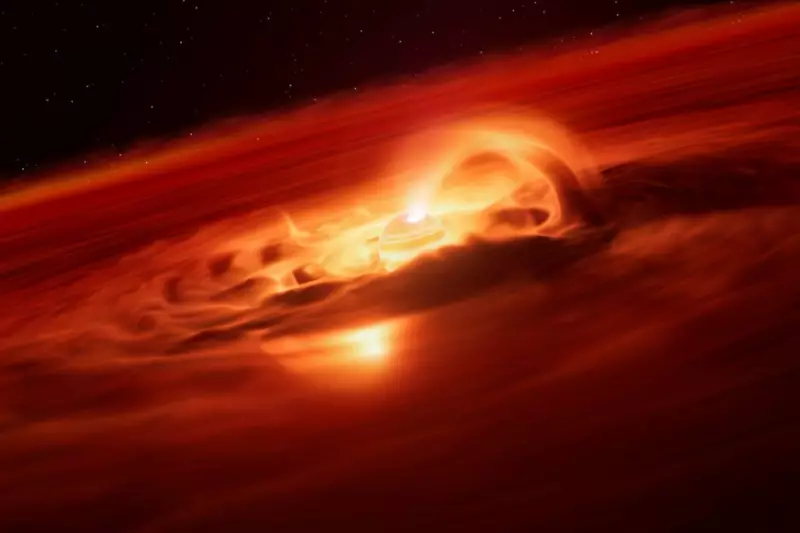
In a groundbreaking discovery that rewrites our understanding of planetary evolution, scientists have revealed that Earth experienced a remarkable 'growth spurt' during its formative years. This explosive period of planetary development occurred approximately 4.4 billion years ago, fundamentally shaping the world we know today.
The Cosmic Growth Spurt That Shaped Our World
Researchers from the University of Bristol have uncovered compelling evidence that Earth didn't form at a steady, gradual pace as previously thought. Instead, our planet underwent a sudden and dramatic period of accelerated growth, accumulating mass at an unprecedented rate during this critical phase of solar system development.
This revolutionary finding challenges long-held assumptions about planetary formation and provides new insights into how rocky planets like Earth, Mars, and Venus came into existence.
Unlocking Planetary Secrets Through Meteorite Analysis
The international research team made this astonishing discovery by analysing the decay of radioactive elements in meteorites. These space rocks serve as cosmic time capsules, preserving chemical signatures from the earliest days of our solar system.
Dr. Emily Hunt, lead researcher on the project, explained: "By studying the precise ratios of specific isotopes in these ancient meteorites, we can essentially create a timeline of planetary formation. The data clearly shows a sudden spike in Earth's growth rate that previous models hadn't predicted."
Implications for Understanding Our Solar System
This discovery has far-reaching implications for planetary science:
- Revises our understanding of how quickly rocky planets can form
- Provides new context for the formation of other solar system bodies
- Offers clues about the early conditions that made life possible on Earth
- Could help identify similar planetary formation patterns around other stars
The research suggests that this growth spurt was likely triggered by a period of intense bombardment from space debris, with Earth rapidly accumulating material from the protoplanetary disk that surrounded our young Sun.
This finding not only transforms our understanding of Earth's history but also provides valuable insights for astronomers searching for Earth-like planets around distant stars. By understanding the dynamic processes that shaped our own world, scientists can better identify planetary systems that might support life elsewhere in the universe.





